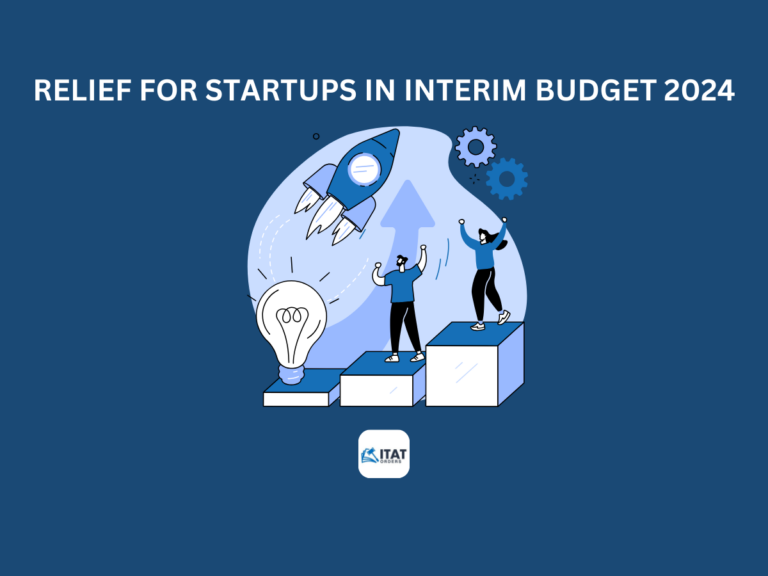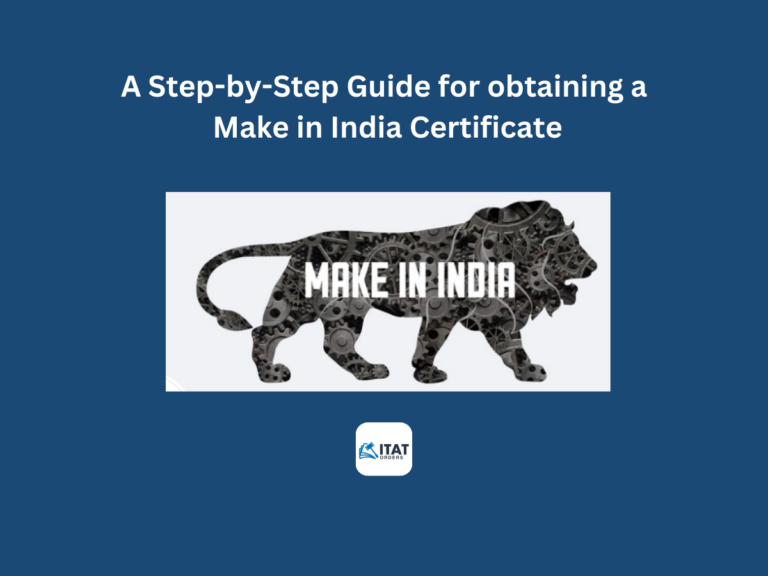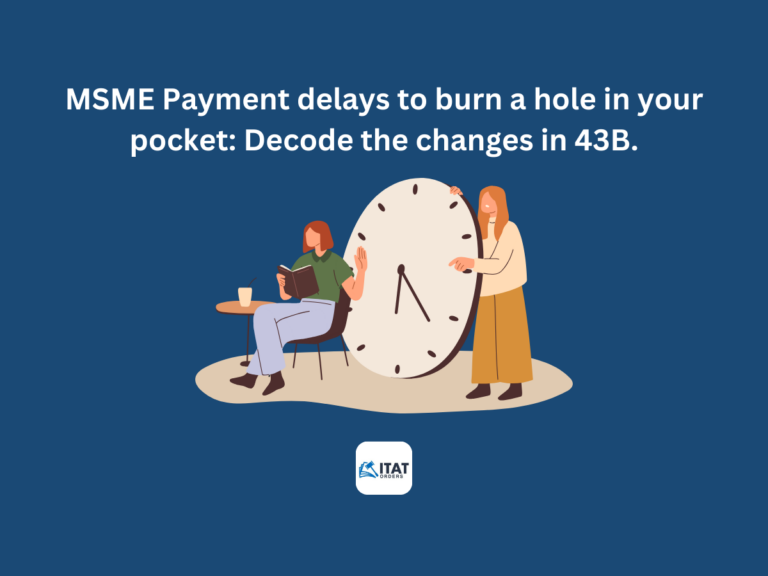Introduction:
In a significant judgment, the National Company Law Appellate Tribunal (NCLAT) has reaffirmed the paramount status of the Committee of Creditors (CoC) in the Insolvency and Bankruptcy Code (IBC) process. The case involved ETCO Denim Private Ltd and raised critical issues regarding MSME registration during the Corporate Insolvency Resolution Process (CIRP).
Background of the Case:
ETCO Denim, a corporate debtor, obtained MSME registration during CIRP. The crux of the matter emerged when Mr Ramesh Shah, the ex-promoter, submitted a resolution plan claiming MSME benefits under Section 240A of the IBC. Despite the CoC approving Shah’s plan with a 77.56% vote share, the National Company Law Tribunal (NCLT), Mumbai Bench, rejected it, questioning the validity of MSME registration obtained post-CIRP initiation. The complexity further increased when the NCLT noted in its finding that the Resolution Professional (RP) had sought MSME registration without obtaining explicit approval from the Committee of Creditors (CoC). This aspect of the case raised questions about the procedural integrity of obtaining MSME status during insolvency.
NCLAT’s Ruling and Legal Basis:
The NCLAT overruled the NCLT’s decision, citing the Supreme Court’s precedent in Hari Babu Thota in CA No. 4422 of 2023. The judgment clarified that a corporate debtor can gain MSME status post-CIRP initiation, provided it’s before submitting the resolution plan. The NCLAT emphasized that the commercial wisdom of the CoC is non-justiciable, except on limited grounds specified in the IBC. Contrary to the NCLT’s findings, the NCLAT rejected claims that the Resolution Professional (RP) acted without CoC approval in obtaining MSME registration. The CoC kept informed and raised no objections, including the dissenting creditor, the Central Bank of India. The NCLAT directed the Adjudicating Authority to pass a fresh order approving the resolution plan within three months.
Implications of the NCLAT Ruling:
This judgment carries substantial implications for the insolvency resolution process. Firstly, the ruling opens the door for corporate debtors to acquire MSME status during insolvency, potentially increasing MSME participation in the resolution process. This could lead to more successful resolutions and revivals of MSME businesses. Secondly, it aligns with the IBC’s objective of maximizing the value of assets by allowing corporate debtors to leverage the benefits and incentives available to MSMEs. This could enhance the attractiveness of resolution plans and encourage more competitive bids.
Conclusion:
The NCLAT’s landmark ruling provides clarity and predictability in IBC implementation, safeguarding the CoC’s collective decisions. By upholding the CoC’s primacy and facilitating MSME participation, the judgment contributes to a more robust and effective insolvency resolution framework.
Disclaimer:
The information provided in this blog is for general informational purposes only and should not be construed as legal advice. Readers are advised to consult with qualified legal professionals for specific guidance. The author and publisher will not hold responsibility for any errors or omissions.









